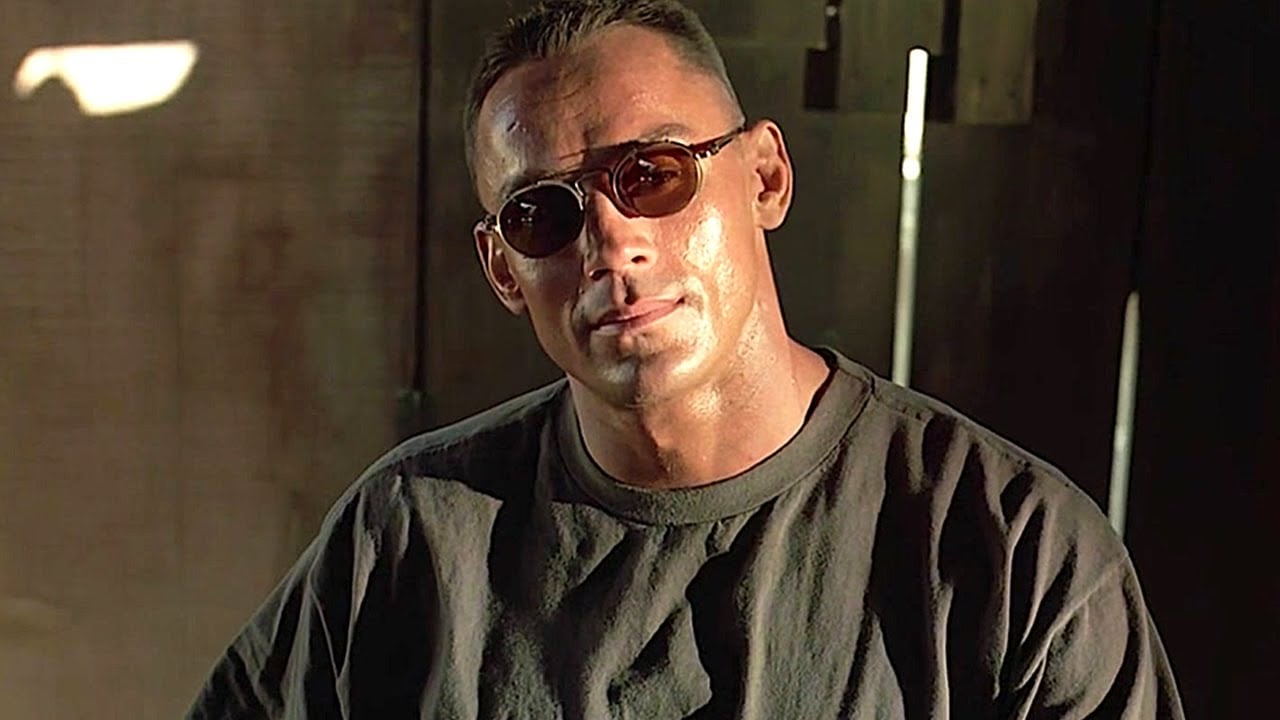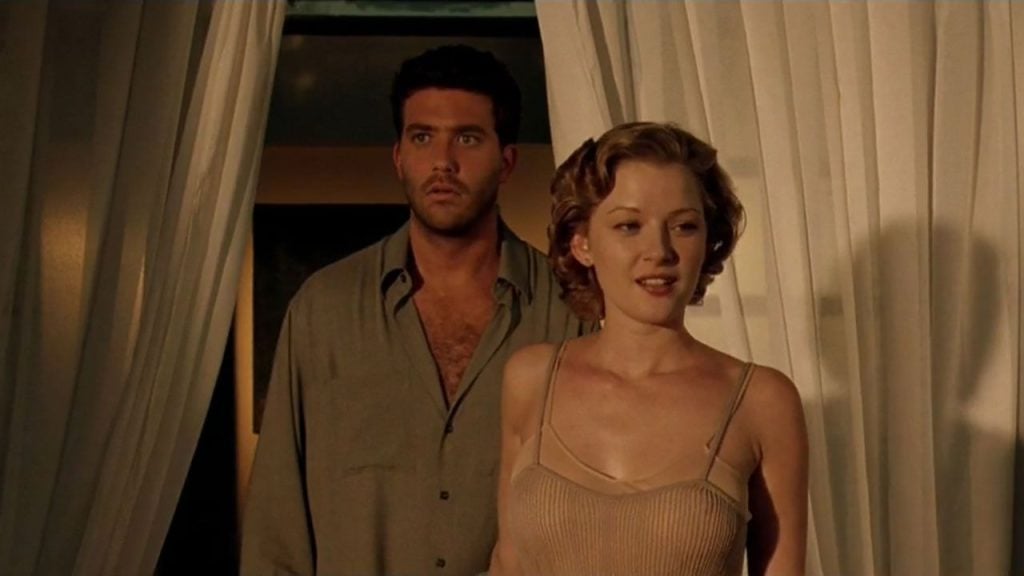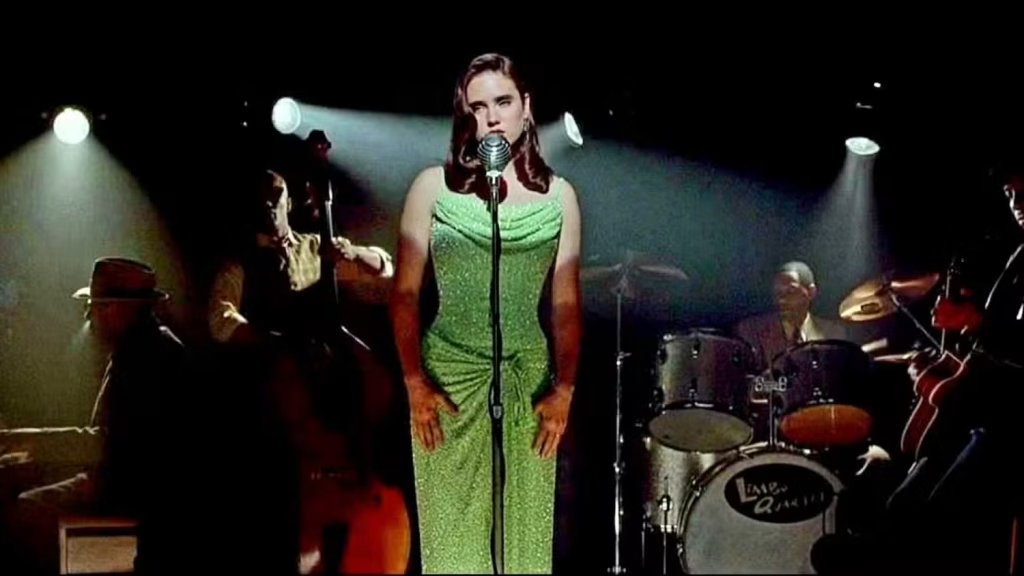The 1990s were a fertile decade for science fiction: big-budget spectacles shared theaters with low-budget experiments. Some titles became household names; others slid into obscurity despite daring ideas and striking visuals. Here are five underappreciated 90s sci-fi films (some cult, some overlooked) that reward modern viewing.
1. Hardware (1990) — gritty, punky post-apocalypse tech horror
Why you should see it: Hardware is an unapologetically lo-fi sci-fi thriller that blends cyberpunk aesthetics with body-horror. Shot with guerrilla energy, director Richard Stanley (influenced by comic art and punk culture) builds a claustrophobic world where salvaged technology becomes a menace. The film’s production design — a junkyard of retrofitted robotics and gritty cityscapes — feels tactile in a way many glossy 90s films do not.
What makes it resonate today: Beyond its stylish surface, Hardware nails a persistent 90s anxiety: what happens when our disposable tech fights back? For viewers interested in practical effects, lean world-building, and a subversive indie take on tech paranoia, this movie is a must-see.
2. Nemesis (1992) — cyberpunk action on a shoestring

Why you should see it: Albert Pyun’s Nemesis is pulpy, chaotic, and aggressively imaginative. Set in a near future where megacorporations and cyborgs alter identity and law, the movie never lets budget limitations dampen its ideas. Instead it leans into stylized sets, frantic editing, and a commitment to the concept. It’s pure 90s B-movie cyberpunk — rough around the edges, but full of inventive sequences.
What makes it resonate today: Streaming’s appetite for dystopian antiheroes means Nemesis reads as proto-cyberpunk fan service: the film experiments with identity, tech augmentation, and corporate control in ways that feel familiar to fans of later, bigger shows and films. It’s also an important footnote in how low-budget filmmakers translated cyberpunk aesthetics to screen long before massive VFX budgets became common.
3. Cube (1997) — conceptual claustrophobia that still stings
Why you should see it: Canada’s Cube is a deceptively simple premise executed with rare economy: strangers awaken in a maze of deadly, geometrical rooms and must solve whether the traps are logical or arbitrary. Director Vincenzo Natali turns sparse production design into a crucible for character study and moral choice. The movie’s minimalist approach forces the audience to focus on tension, human behavior, and the slow breakdown of cooperation.
What makes it resonate today: Cube is a blueprint for high-concept, low-budget storytelling. Its puzzles, ethical dilemmas, and mechanical ingenuity inspired many heirs — escape-room thrillers, episodic survival dramas, and indie sci-fi — yet the original remains uniquely bleak and brutal. For viewers who love concept-driven films that test both minds and nerves, Cube is essential.
4. Dark City (1998) — noirish metaphysics with a visual punch
Why you should see it: While not entirely forgotten, Alex Proyas’ Dark City often sits in the shadow of its more famous sci-fi contemporaries. That’s a shame: this film is a masterclass in atmosphere. A detective with memory loss, a shifting cityscape controlled by mysterious beings, and a bruising score combine into a film that feels like film noir rewritten by a dream logic engine. Proyas and cinematographer Dariusz Wolski craft striking frames that linger after the credits roll.
What makes it resonate today: Dark City predates (and arguably influenced) later virtual-reality reality-questioning films. Its exploration of memory, identity and created worlds is currently fashionable in streaming-era sci-fi — but Dark City does it with bravura visuals and a moral weight many later works forget. Rewatch it for the sets, the mood, and the melancholy at the heart of its big idea.
5. The Thirteenth Floor (1999) — a sophisticated simulation thriller

Why you should see it: Released the same year as other simulation-themed works, The Thirteenth Floor remains an elegant, underappreciated entry in the “what is real?” subgenre. The film balances murder-mystery structure with philosophical questions about nested realities, raising the stakes with a twisty, emotional core. Its art-deco recreation of a 1930s simulated Los Angeles is a design highlight that cleverly contrasts simulated worlds with contemporary ones.
What makes it resonate today: With modern VR and debates about metaverses, this film feels prescient. It asks what ethics look like inside created worlds and whether simulated people deserve moral consideration — questions contemporary audiences are increasingly interested in. For fans of cerebral sci-fi, it’s a smart, stylish work that rewards careful viewing.
Honorable mentions & quick picks
Also worth checking out: Strange Days (1995), Judge Dredd (1995) if you want camp-heavy dystopia, and indie finds like Existenz (1999) for more simulation paranoia. These titles sit near the edge of mainstream memory but each offers a distinct 90s sci-fi flavor.
Why revisit these films now?
The 90s sat at an inflection point between practical effects and digital promise. Many filmmakers used constraints to make interesting choices — gritty production design, bold ideas over expensive spectacle, and character-driven high-concept plots. As streaming services expose new audiences to older catalogs, now is a great time to rewatch titles that influenced later, more celebrated works. These five films reward curiosity: they’re often rough around the edges, but their ideas and aesthetics are still fresh.

DC Fanboy! Superman is the greatest comic book character of all time. Favorite movies are Man of Steel, Goonies, Back To the Future




![‘Frankenstein’ Review – Guillermo del Toro’s Definitive Look At The Nature And Nurture Of Monstrosity [TIFF 2025] ‘Frankenstein’ Review – Guillermo del Toro’s Definitive Look At The Nature And Nurture Of Monstrosity [TIFF 2025]](https://cdn.geekvibesnation.com/wp-media-folder-geek-vibes-nation/wp-content/uploads/2025/10/Frankenstein-175_PF_20240430_20377_R-300x200.jpg)
![‘Wake Up Dead Man: A Knives Out Mystery’ Review – In Rian Johnson We Trust [LFF 2025] ‘Wake Up Dead Man: A Knives Out Mystery’ Review – In Rian Johnson We Trust [LFF 2025]](https://cdn.geekvibesnation.com/wp-media-folder-geek-vibes-nation/wp-content/uploads/2025/10/Wake-Up-Dead-Man-A-Knives-Out-Mystery-300x169.jpg)
